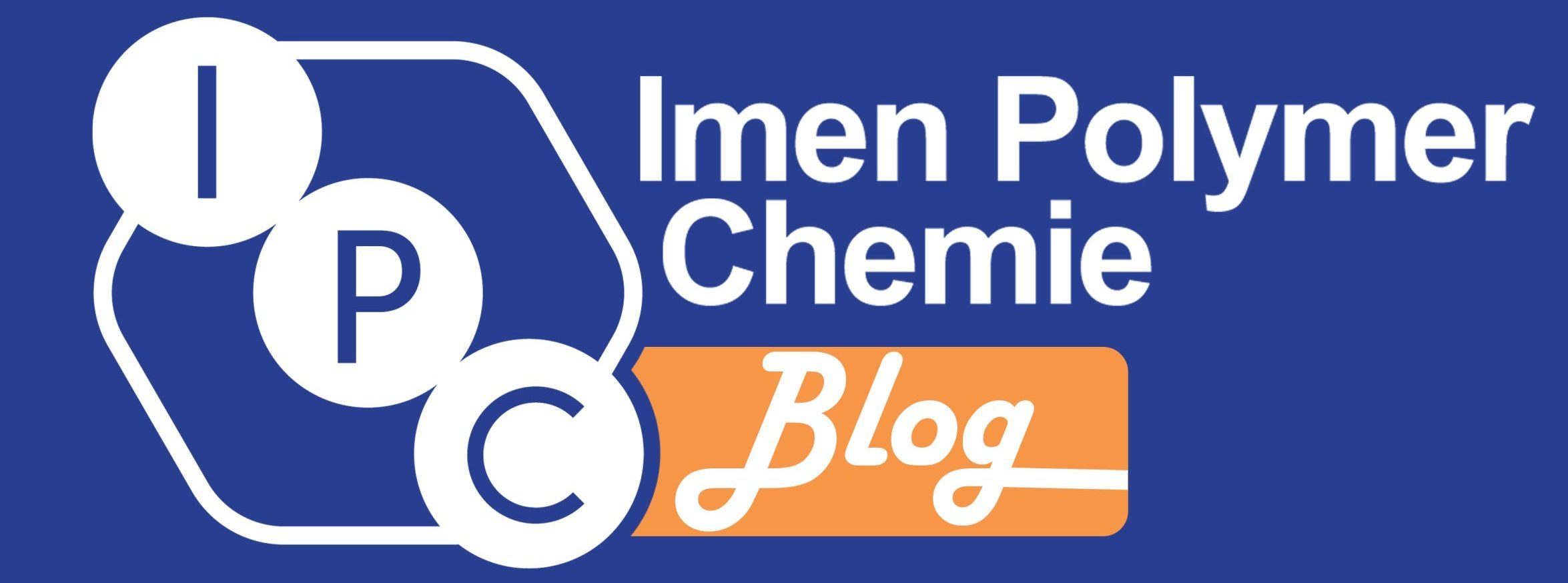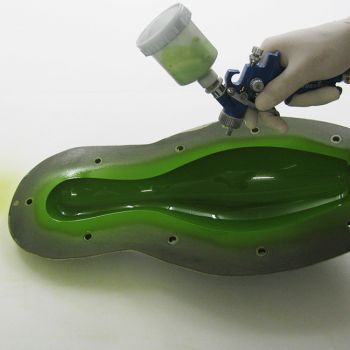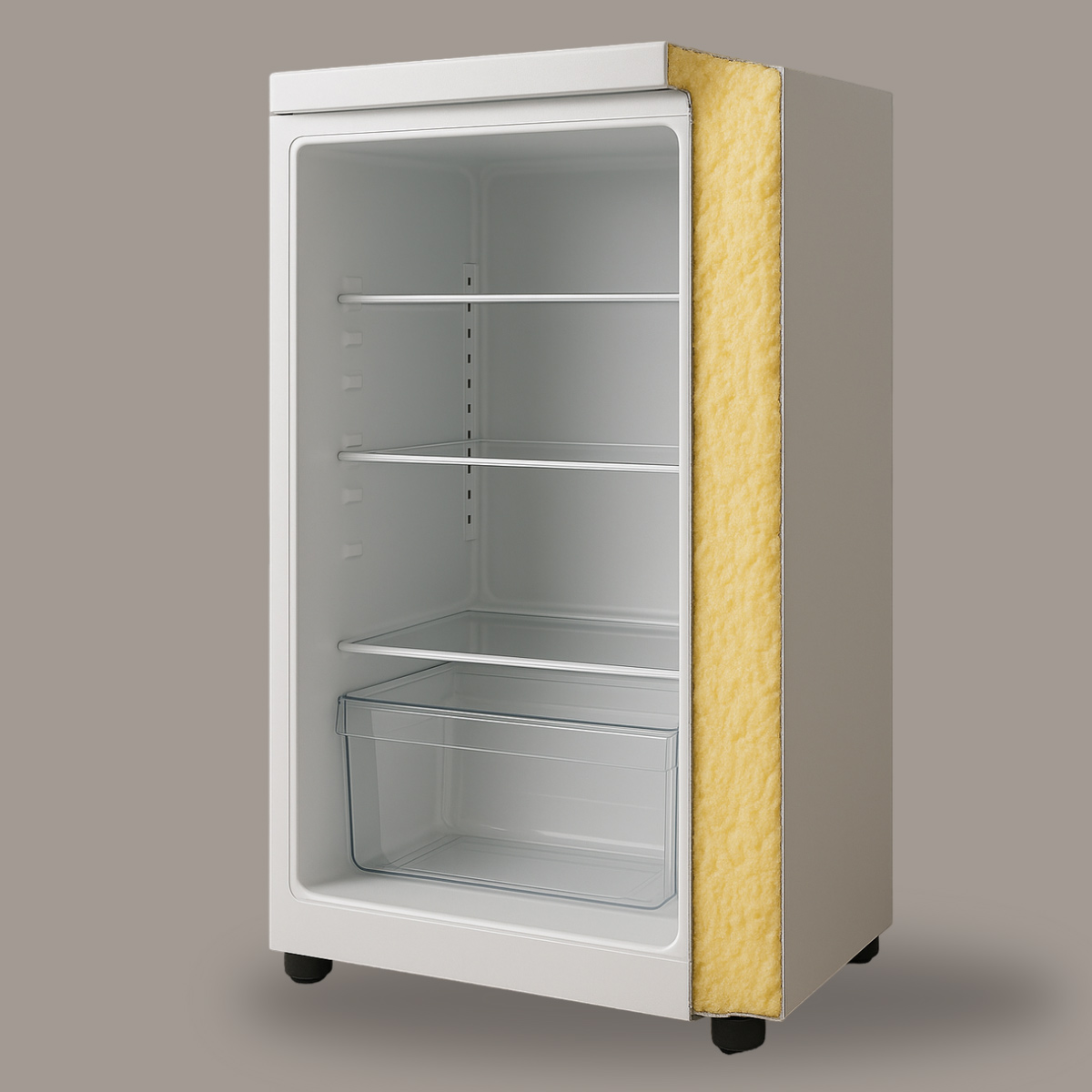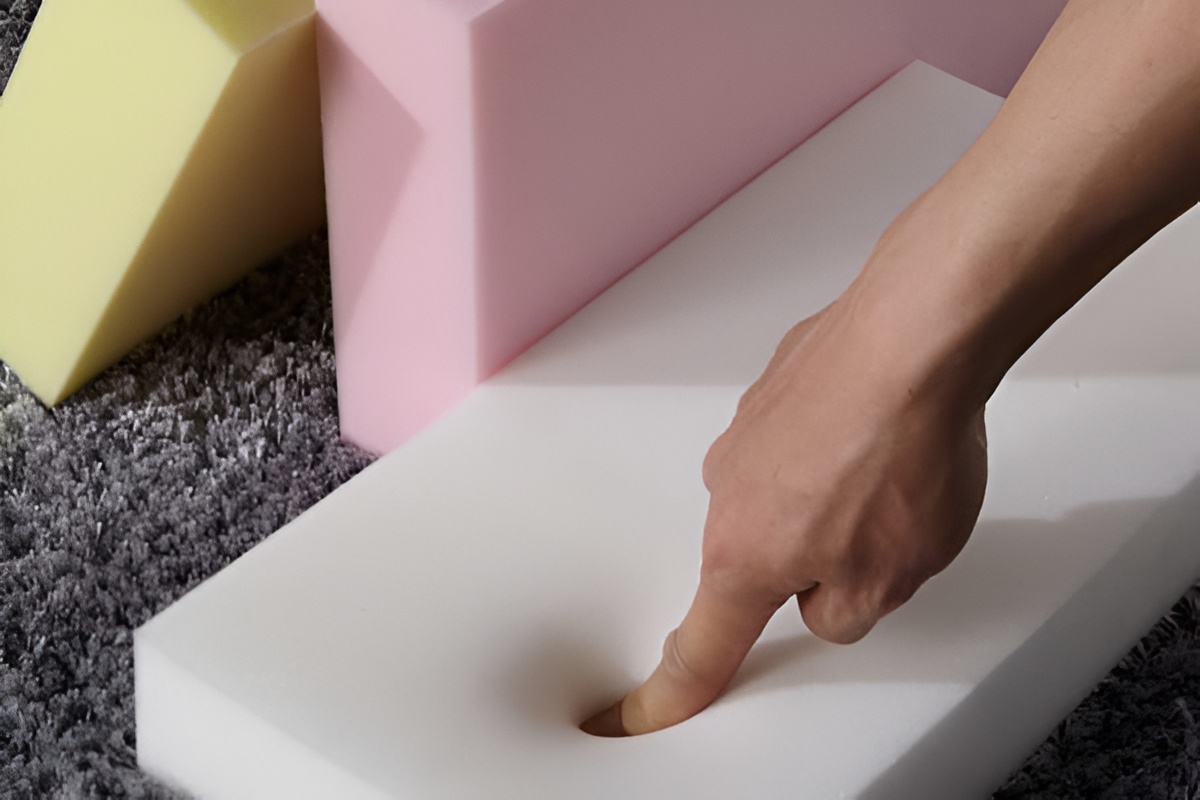Table of contents
In-Mold Coatings (IMCs) have been developed to coat and cover surface defects of compression molded articles to provide a smooth high-quality surface having an aesthetically appealing appearance. These IMC systems can also act as a UV weather barrier for various polyurethane (PU) systems.
Two-part IMC compositions generally include blocked polyisocyanates which react with a polyol upon unblocking of the isocyanate groups. It has to be mentioned that the coatings can be solvent- or water- based; mold temperatures in excess of 40°C make it possible to use water-based IMC systems, so that there is no need for the use of organic solvents. For solvent-based IMC, the resulting solution is used to spray the coating onto a mold which is allowed to stand at a temperature slightly above room temperature for the solvent to evaporate and forms a thin film, the IMC is one-part IMC.
In some cases, the mold surface is first coated with a release agent, then a skin forming agent and then the foamable polyurethane reaction mixture is cast in the coated mold. The above skin forming agents may be applied to the mold surface by incorporation in a suitable solvent such as a low boiling liquid hydrocarbon or ketone. PU catalysts may also be added to the film forming agent solution.
IMCs are colorless systems but can be available in standard as well as customer colors. The coating is chemically bonded to the PU and has a great adhesion to PU material (the adhesion is stronger than the common varnishes for PU). In general, the same pigment is used in the PU material to ensure a good depth of color and ensure this remains even if the part is subject to surface wear.
Post-paint applications require skill and finesse to properly apply the coatings, and still surface defects such as sagging, orange peel, and dirt contamination commonly occur. The post-paint process also requires that ovens be maintained at proper temperatures to appropriately cure the post-paint finish; a delicate and energy-intensive proposition.
After sales service
For price inquiries and purchasing liquid polyurethane for polyurethane foam production, please contact Imen Polymer Chemie Company.
In addition to processing advantages, in-mold coatings offer other advantages over post-painting. Complex part designs can be processed without the worry of part shrinkage, gloss control or marring. The in-mold process with aromatic polyurethane allows the designer to integrate multiple components in the part. The parts produced from the in-mold process yield exact duplication of the grain, finish and styling detail of the mold.
Furthermore, these in-mold coatings are easy to use because they are applied in a one-step process. In fact, it can be stated that IMC is an excellent way of improving skin defects. Today’s sophisticated foam chemistry and high-performance expectations often require a wide range of mold processing temperatures that no other IMC provider can supply; therefore, there is a need for offering coatings designed specifically for these starting mold temperatures. The coatings are designed to be sprayed into a wide variety of mold substrates, they adhere to all mold surfaces such as, aluminum, steel, urethane, epoxy, and fiberglass, if it applies properly, it will uniformly wet the mold surface to provide long manufacturing. Generally, they are commonly used for urethane/polyurea related foams (flexible and rigid), elastomers and structural systems (IMCs are designed to be sprayed onto the interior surface of injection molding tools). Manufacturers use our in-mold coatings to produce automotive interior parts (such as steering wheel), shoe outsole, sporting goods, furniture and etc.
Importance of applying IMCs for manufacturing integral skin foams
Water blowing technology was first introduced in 1993 and has been mostly used in medium-high density integral skin foam applications. Although water has a good environmental compatibility, safety and cost-effecting properties, but there are several problems associated with the use of water such as reduced skin formation because the CO2 generated in the foaming process does not condense on the mold surface.
In other words, skin thickness is of great importance in integral skin PU foam; some cases lead to a poor skin which doesn’t have good quality so, there is a need for IMC to make the skin abrasion resistant.
Therefore, we have to announce that our experts in Imen Polymer Chemie Co., have successfully designed In-Mold Coatings for integral skin PU foams.
Advantageous of IMCs
- Reduce or eliminate sub skin defects and improve overall appearance of finished products (unique design and appearance capability)
- Improve UV stability and resistance to color change (prevent the foam materials from yellowing/discoloration)
- Improve durability of a finished product (improving abrasion, water and chemical resistance)
- Ability to incorporate logos and brand identity into the IMC/PU Skin
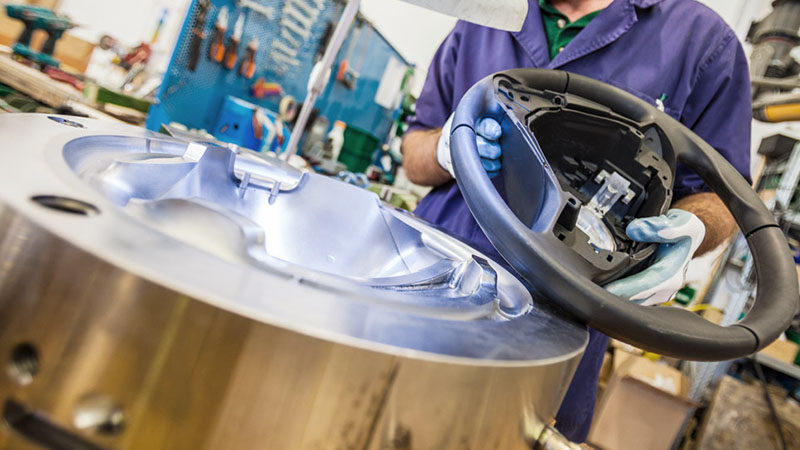
The procedure
To apply the coating in a mold, you should follow the procedure below:
- The mold is heated and kept at a constant temperature
- Applying mold release
- Spray the coating (IMC) on the wax
- Injecting/pouring foaming mixture on the coating inside the mold
- The skin is allowed to cure in the tool for 60 sec. prior to demolding
The primary concerns when using in-mold coatings are flash time and a condition known as “Wet IMC”. Wet IMC happens when blistering and delamination occur between the coating and the substrate. Wet IMC most generally occurs when the coating is applied too heavily in a single pass. Solvent becomes trapped in the coating, which results in blistering and poor adhesion between the substrate and the paint film. This can be corrected by first selecting equipment that will properly atomize the coating, thus eliminating issues associated with wet IMC.
When the coating is applied manually, spending enough time until it cures/dries is necessary (commonly, the coating hits the mold and dries almost immediately on contact, depending on the mold temperature).
In conclusion, it can be said that IMCs can be applied for all types of reaction injection molding (RIM) PU foams.
Among different PU foams, skin formation and appropriate skin thickness is a matter of importance in integral skin foams; consequently, Imen Polymer Chemie Co. experts have designed a unique IMC formulation for integral skin PU foam. Also, there is possibility of designing according to the customer’s requirements. For more information, please contact us.
